The girl with the tired, puffy eyes sat staring out the window at the tiny cardboard sign. Four letters and five numbers. A name and a date. The sorrow and ache felt heavy in her chest. Like the rocks placed over the lifeless form wrapped in her favorite blanket before the dirt was piled over it.
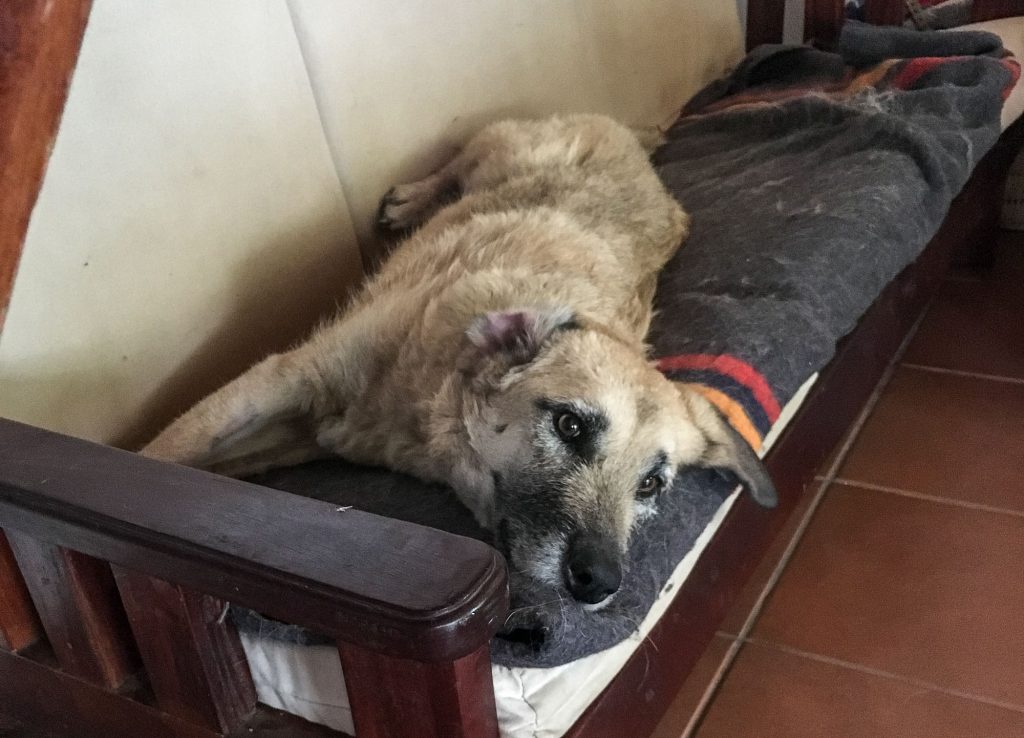
The questions bubbled over then.
Why do people put flowers on graves?
Why do we mark them with stone or makeshift cardboard signs?
Why don’t we just leave the pile of dirt as it is and walk away?
Why do we go and sit by the pile of dirt and the dying flowers and the tilted cardboard sign and utter words at it?
Why does the pang throb every time anticipation flickers and then dies out at the vacancy on the couch where warm breath, plush fur, cold nose, and bushy, wagging tail should be?
So many existential whys. But these weren’t the ones that hurt nearly as much as the ugly, slippery ones.
Why do we hope?
Why do we pray?
Why do we believe in healing?
Why does He say, “Bless the Lord…and forget not all His benefits…Who heals all your diseases…” (Psa. 103:2-3 NKJV)?
The girl heaved out a choking sigh. The letters and numbers hovering over the pile of dirt begged otherwise.
Healing.
That was as slippery a word as why. In Hebrew it means: to mend, as by stitching. It’s used all over the Old Testament, the idea always pointing towards wholeness from something tattered.
Tattered was exactly how she felt.
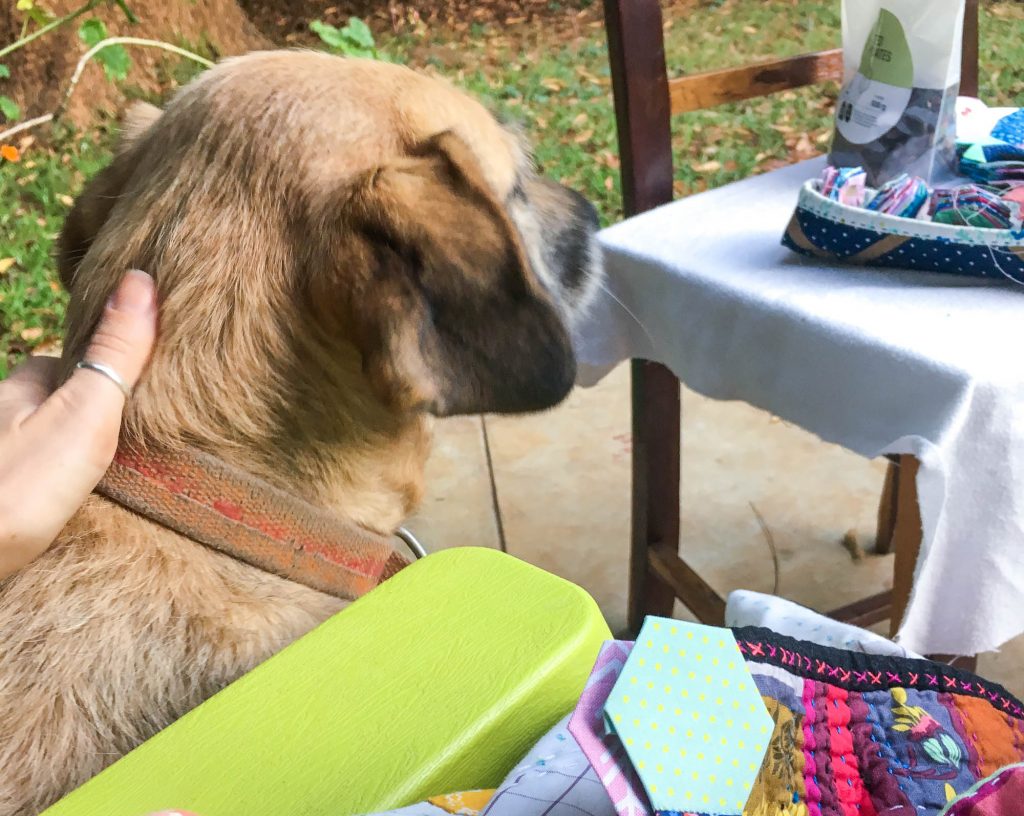
But, she kept staring out the window. Another instance of this Hebrew word rose to the surface. “He wounds, but He binds up; He [pierces], but His hands heal” (Job 5:18 AMPC). There was that slippery word heal again. Before she could stop herself the tears brimmed and spilled down her cheeks as she found herself asking more whys.
Why does He do this?
Why does He wound only to bind?
Why does He pierce only to mend?
Immediately, a response came.
Why do you cut up fabric only to sew it back together?
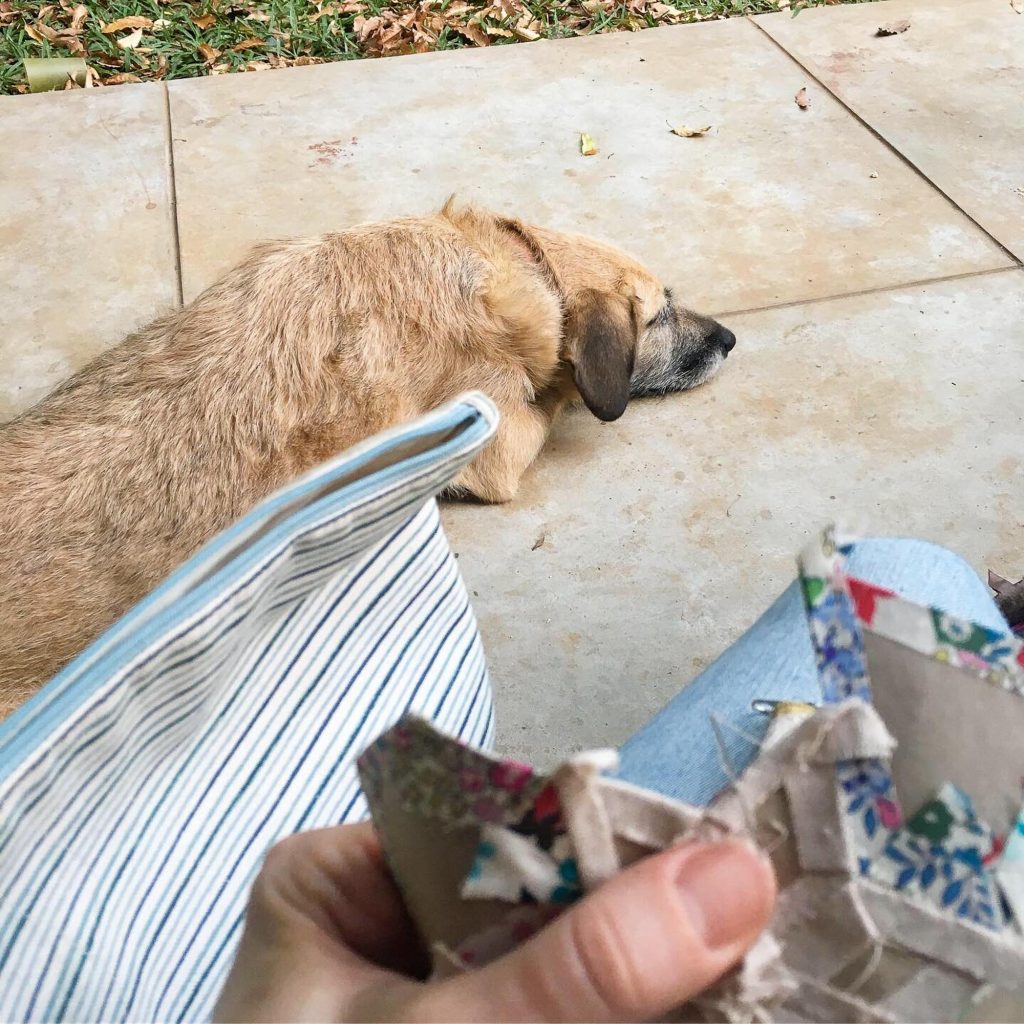
Understanding dawned upon her. She wiped at her wet face. Sniffled her running nose. She knew that the sum of the cut up pieces all stitched together created something new and often even more beautiful than the single piece of fabric would have ever been by itself.
But, didn’t it take the cut of a scissors and the piercing of needle and thread to do so?
The cut of the scissors possessed intention. The stab of the needle cleared the path for the thread to mend with stitches. And in the end, all of the cut and raw edges were bound, the result lovelier in spite of the cutting and stabbing. The same hands that wounded and pierced, stitch and bind.
The heavy ache lightened a little bit. And, before she realized what she was doing, she reached for her fabric and threaded a needle.
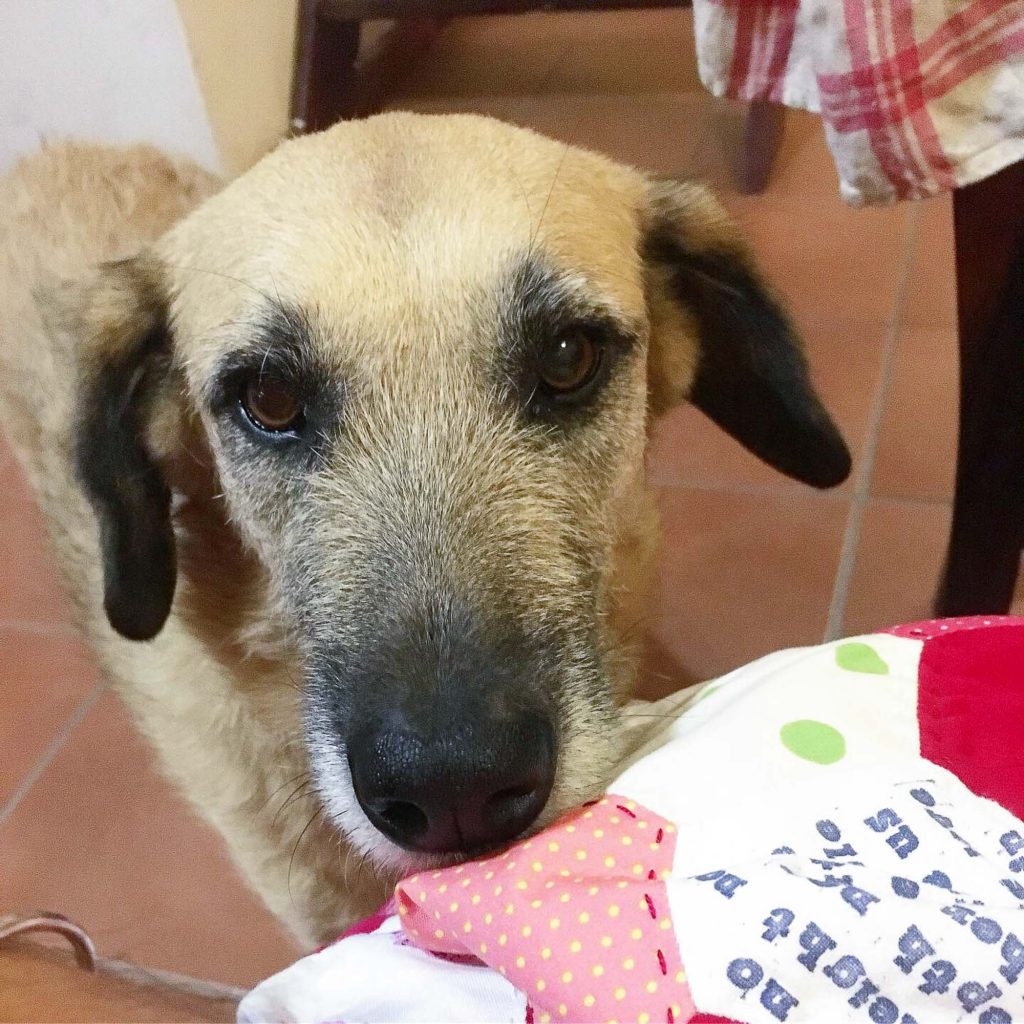
This post was written in loving memory of our sweet Jane who passed away in early October. As you can see, she’d want us all to just keep stitching. (After a scratch behind the ears, of course.)
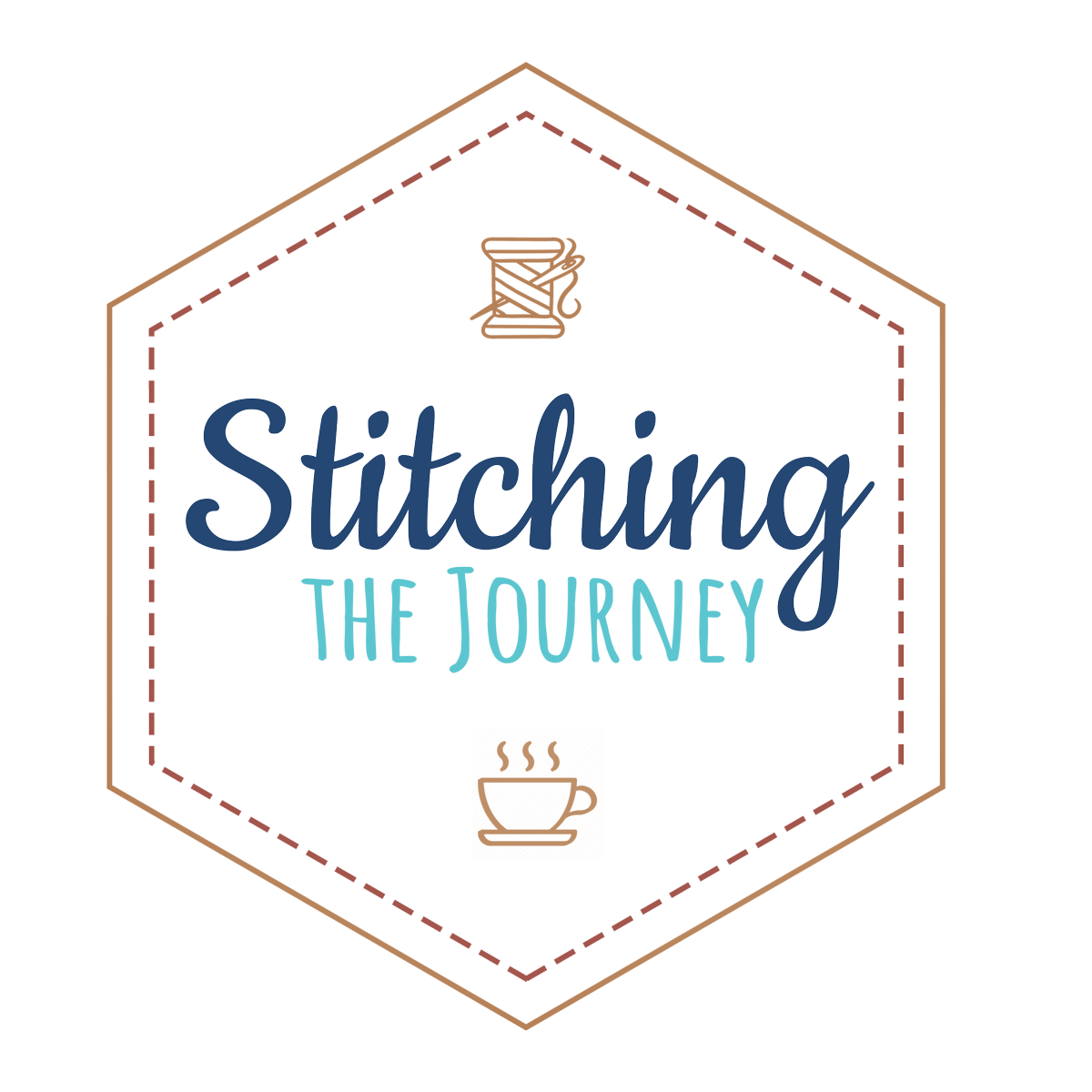
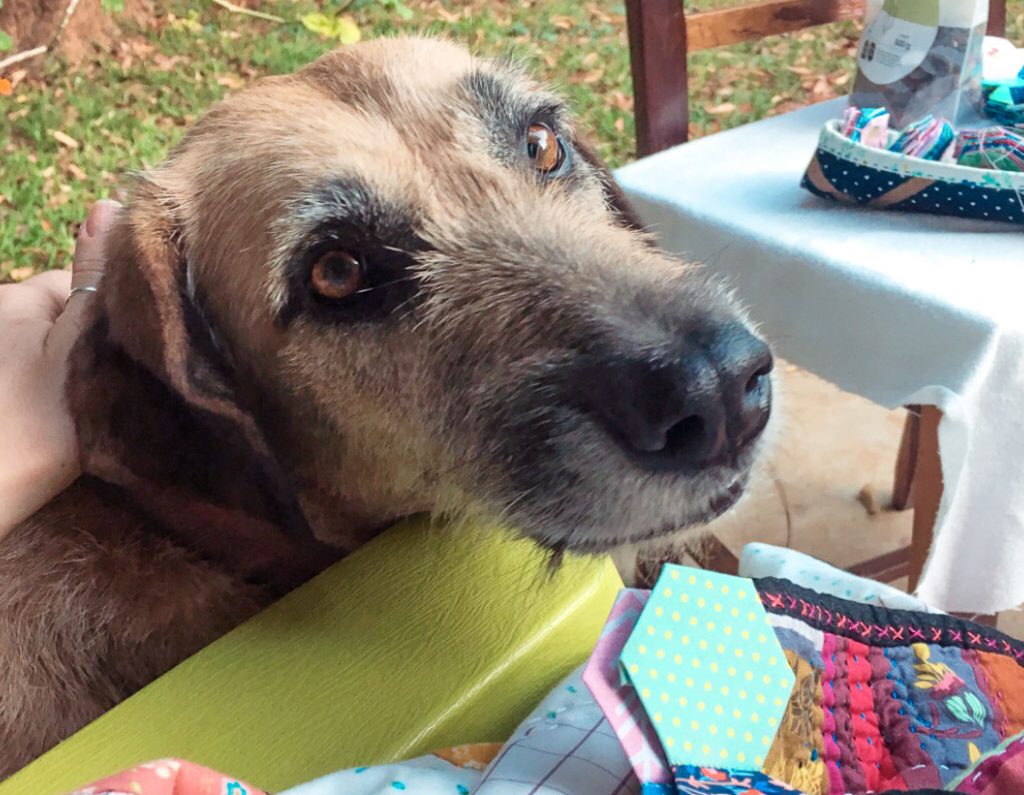
5 Responses